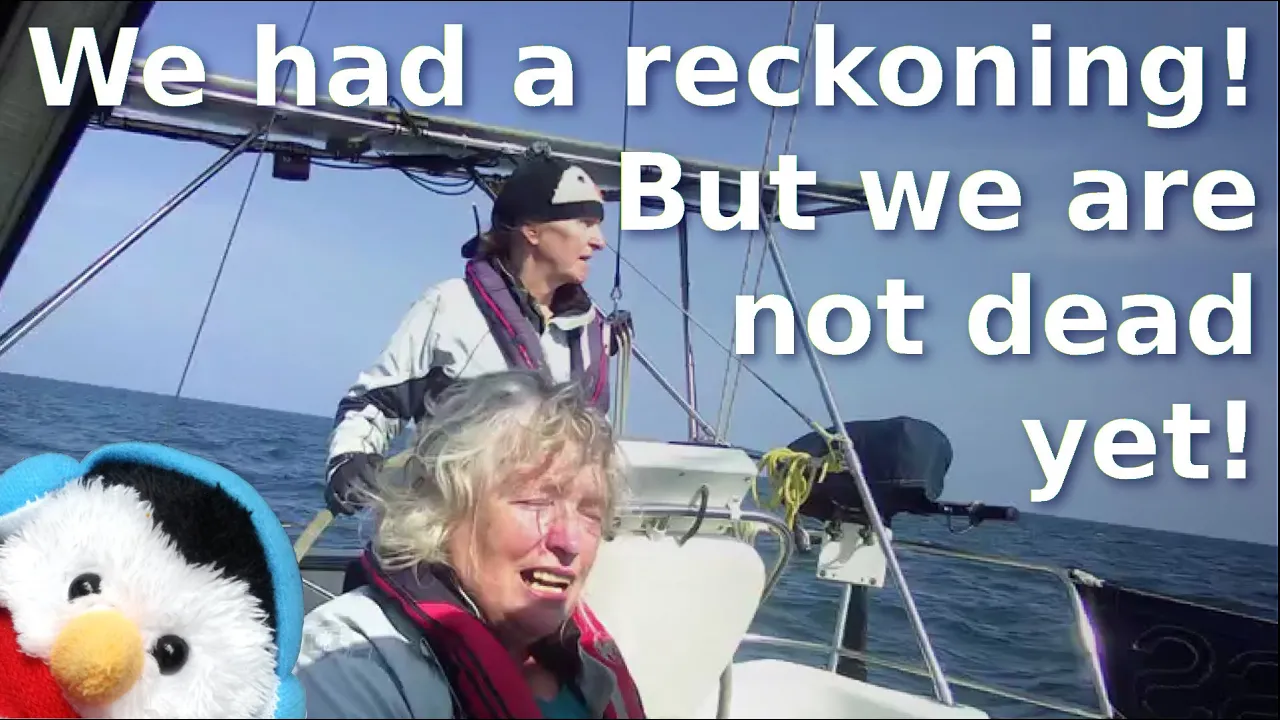We have only tied up to a harbour wall a few times and watched several locals come in, but this will give you the general idea of the equipment that you will need. This method also relies on risers being present so we have told you how to create your own riser lower down.
You will need
- Two long lines, these need to be at least the length of
- 1m to be used to tie the rope to your cleat
- 1-2m to be used to tie up to the hard point at the top of the harbour wall
- The height of your freeboard plus 1 m spare
- The height of the harbour wall at low tide
- Two angels - These are heavy weights which keep your long lines tight
- Two shorter lines - which will be looped around risers
- Fenders
What to do
Before you enter the harbour have your two long lines ready and have a shorter line tied on the central cleat and lots of fenders. As you enter the harbour, look for the ladders and aim to get your central line, near the ladder. Tie yourself to the ladder on your arrival. This is only a temporary measure but you are tied up and secure. Now you have time to deal with the rest of the lines. Take the two long lines up the ladder and tie them securely to the bollards at the top of the harbour wall. Now throw the lines down, one for the stern and one for the bow. On the boat, pass the long line through the weight so that it will go into the water before you tie the line to your cleat. Now tie one of your shorter lines around the risers so that the riser can pass freely through the loop. Now take off the short rope that is currently around the ladder and use this to loop around another riser.













